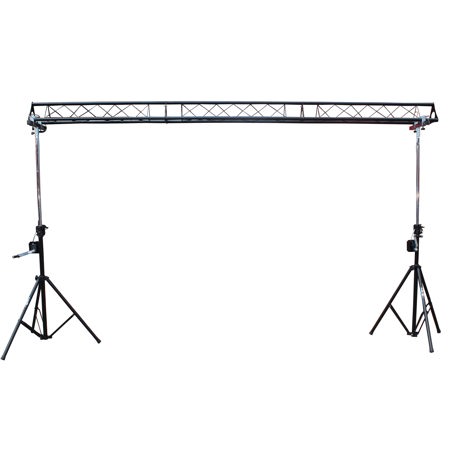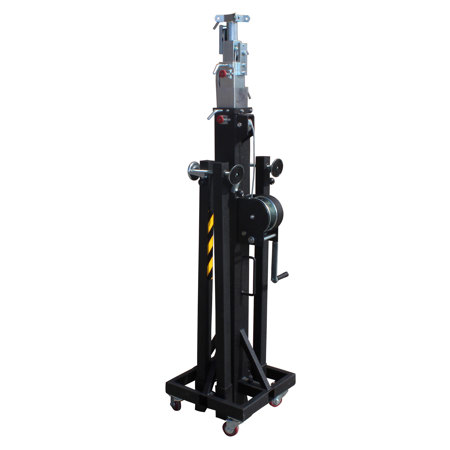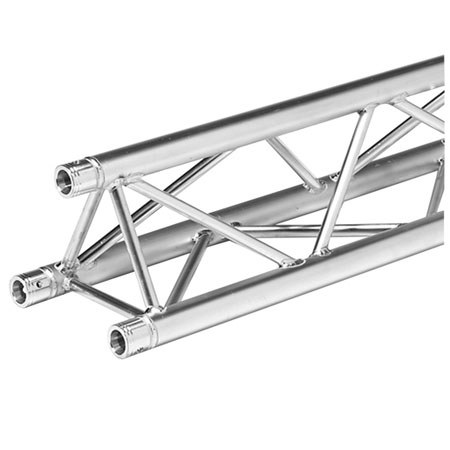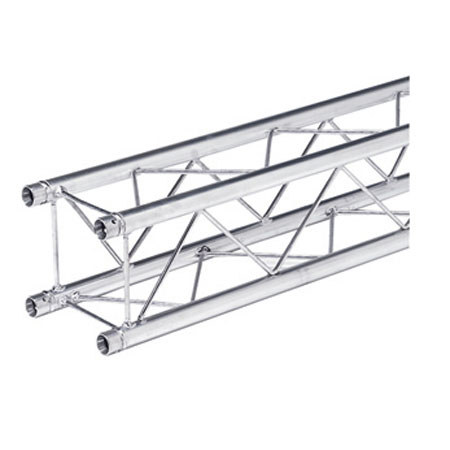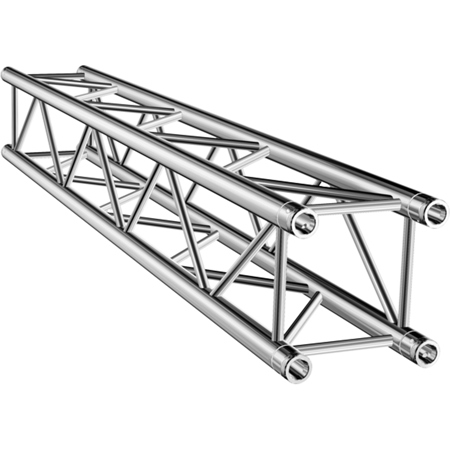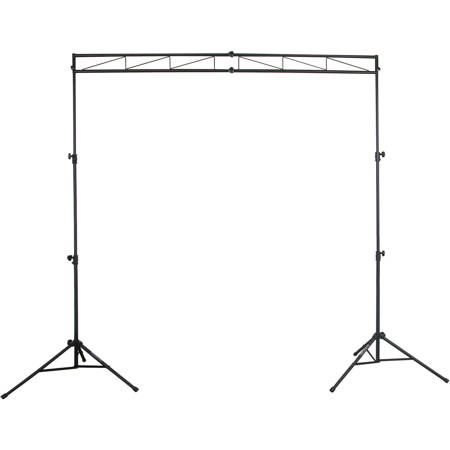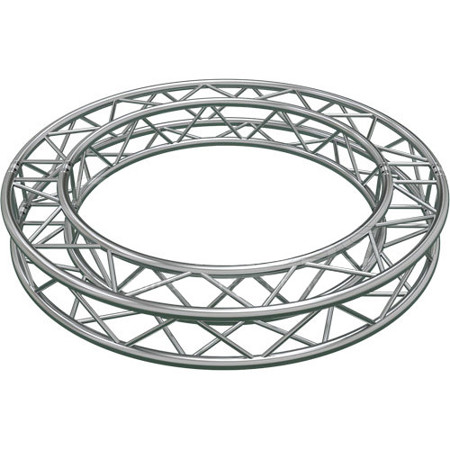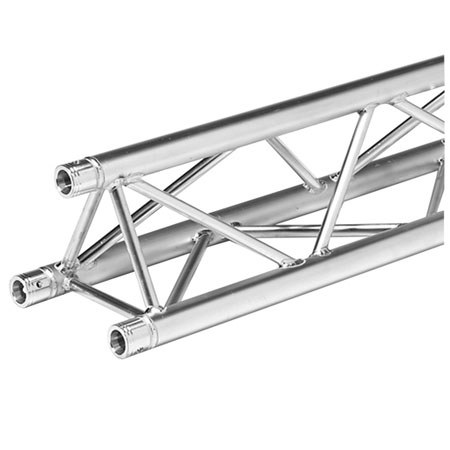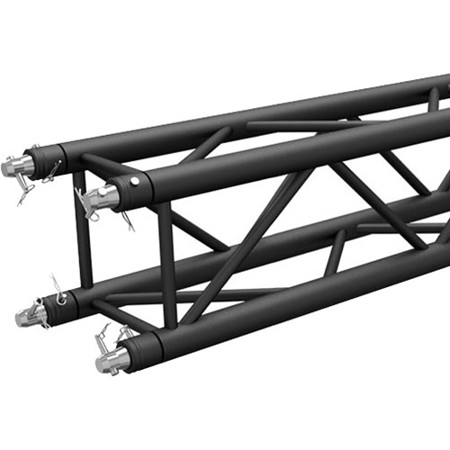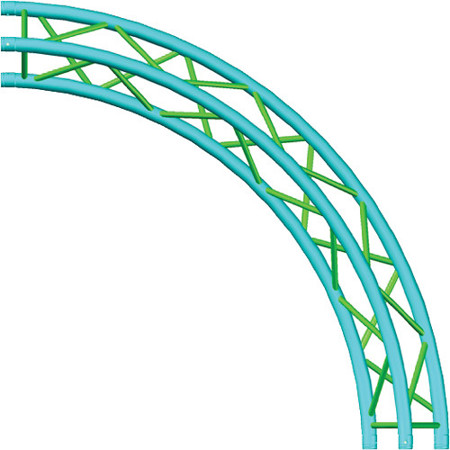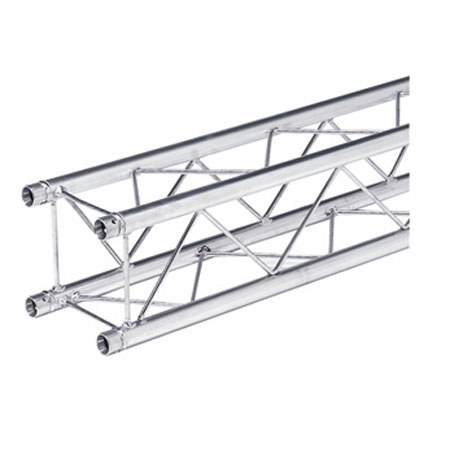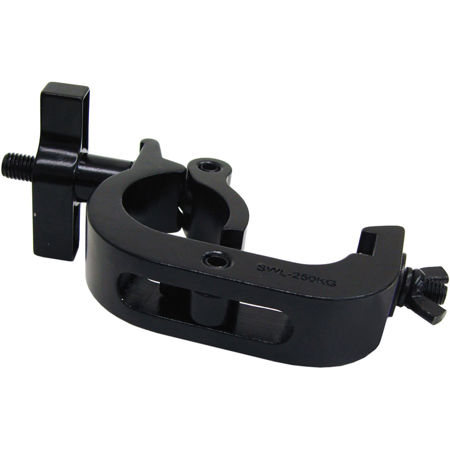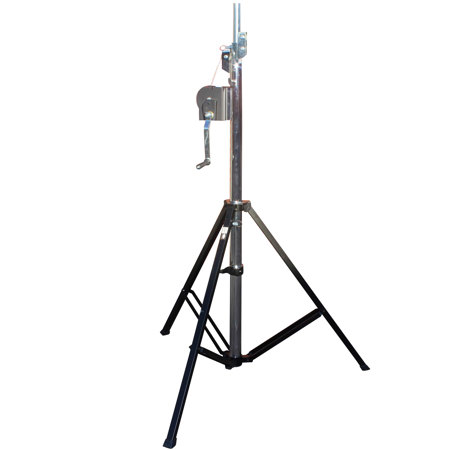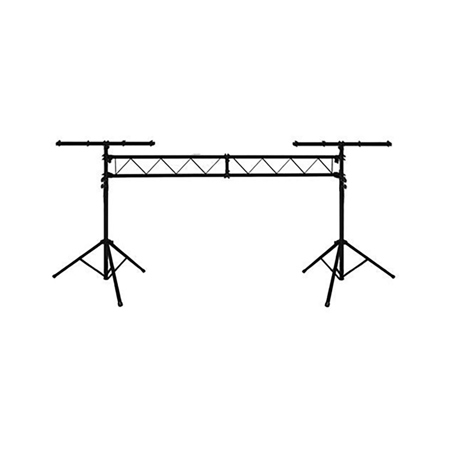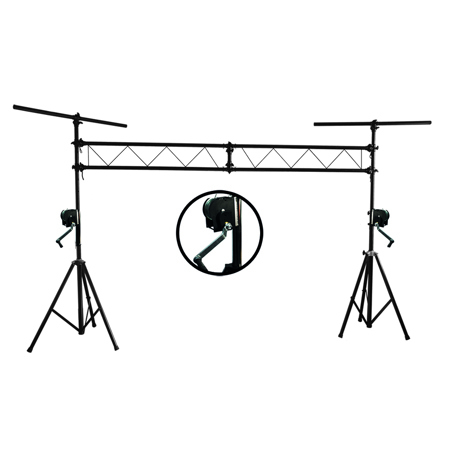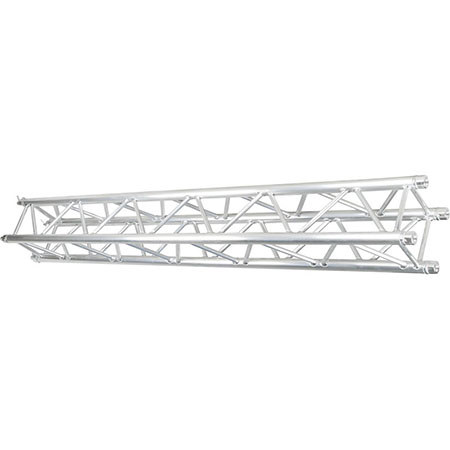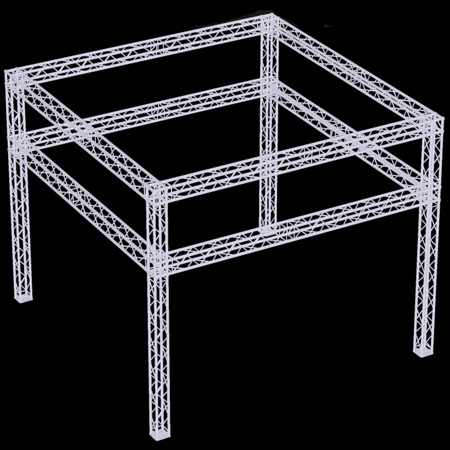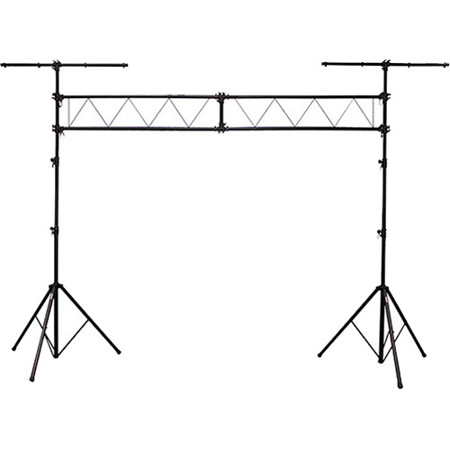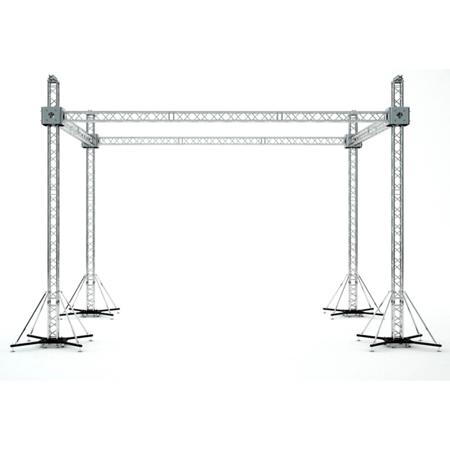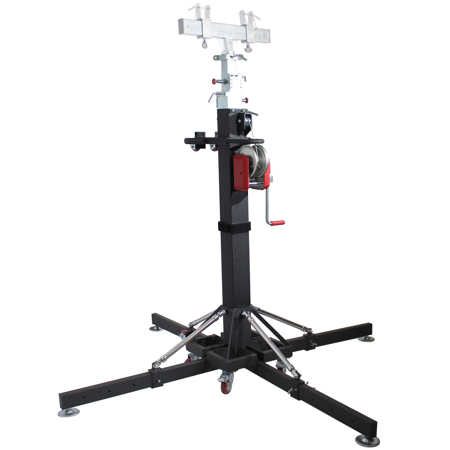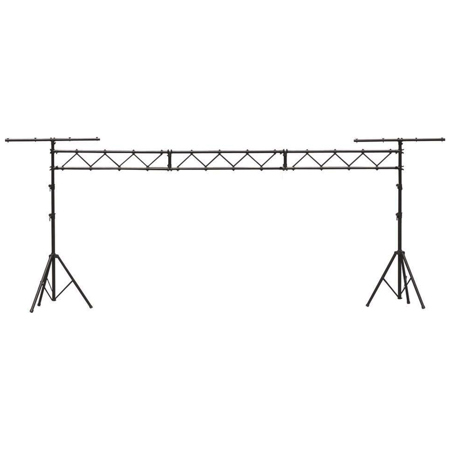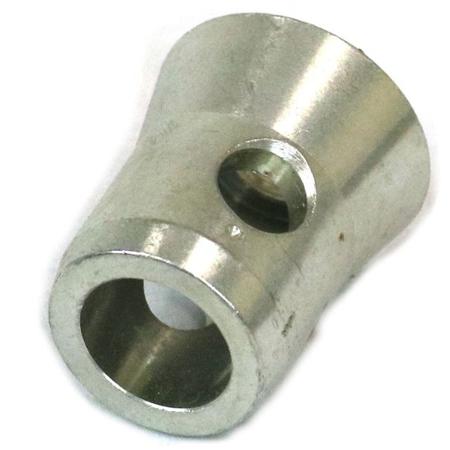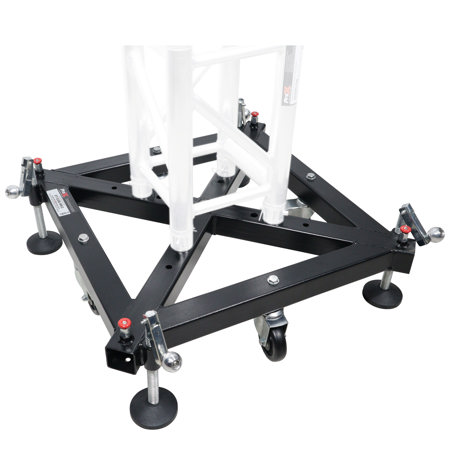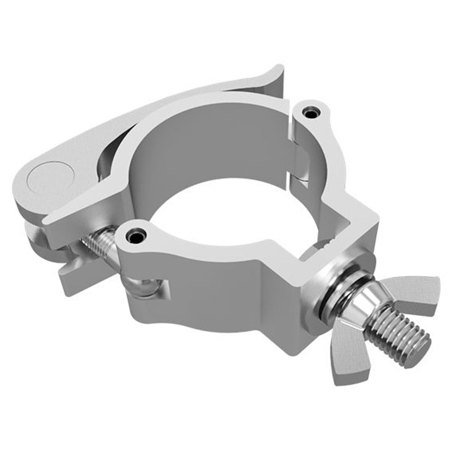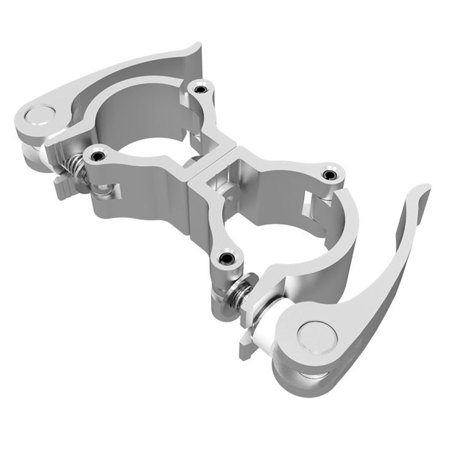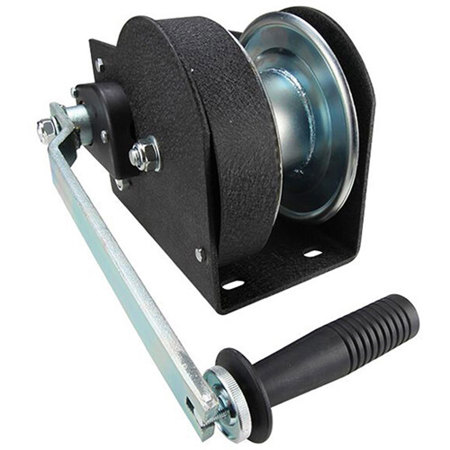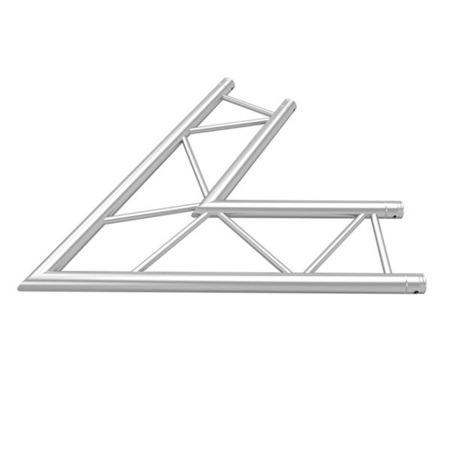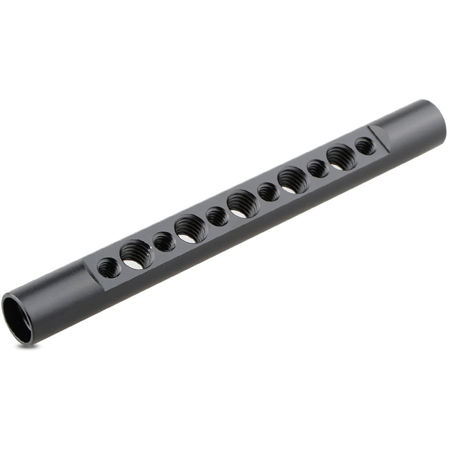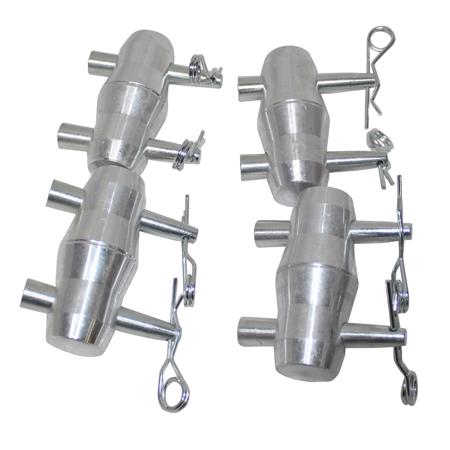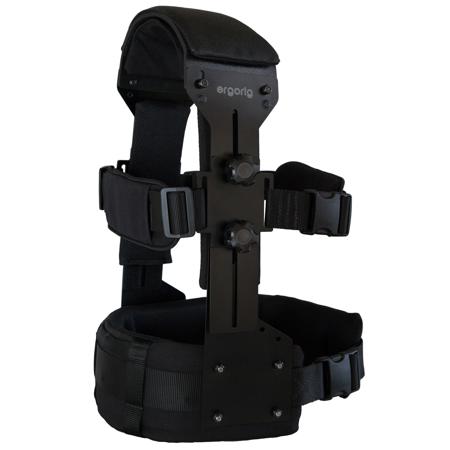Rigging Trusses
Rigging trusses are an essential component in the world of event production, providing the structural support needed to elevate and secure lighting, audio, and visual equipment. These versatile frameworks are not only pivotal for concerts and theater productions but also play a crucial role in organizing corporate events, trade shows, and large-scale public gatherings. The choice of the right rigging truss can profoundly influence the aesthetics and functionality of an event, ensuring that all elements are seamlessly integrated and safely deployed. As we navigate through the colder months, events tend to move indoors, making the need for reliable and robust rigging solutions even more critical. Event planners and technical directors meticulously select trusses that can accommodate the unique dimensions and weight requirements of various venues, ensuring every light, speaker, and screen is perfectly positioned to enhance the audience’s experience.
For those involved in the technical side of event management, understanding the nuances of different truss configurations—such as ladder, triangular, and box trusses—is vital. Each type offers distinct advantages depending on the setup requirements and the specific demands of the performance or presentation. Ladder trusses, with their minimalistic design, are often preferred for smaller setups or venues with limited space, allowing for quick assembly and disassembly. Triangular and box trusses, meanwhile, provide greater durability and load capacity, making them suitable for larger, more elaborate productions that require substantial rigging. Seasoned professionals know that the longevity and safety of a truss system are paramount, hence opting for high-quality materials and construction is non-negotiable. Aluminum trusses are particularly favored for their strength-to-weight ratio, providing sturdy yet lightweight solutions that are easy to transport and configure.
As the event industry continues to evolve, the integration of advanced technology and innovative design in rigging trusses is evident. The use of modular and scalable truss systems allows for creative freedom, enabling designers to craft unique spatial configurations that captivate and engage audiences. Whether it’s a music festival celebrating the vibrancy of spring or a corporate end-of-year event, the right rigging setup can transform any space into a dynamic and immersive environment. For anyone looking to delve deeper into the specifics of stage setups, exploring Stage Lighting Trusses can provide further insights into how these frameworks support and enhance performance spaces. Ultimately, the art of rigging demands a blend of technical expertise, creative vision, and meticulous planning, ensuring every event is not only spectacular but also exceeds safety standards.
For those involved in the technical side of event management, understanding the nuances of different truss configurations—such as ladder, triangular, and box trusses—is vital. Each type offers distinct advantages depending on the setup requirements and the specific demands of the performance or presentation. Ladder trusses, with their minimalistic design, are often preferred for smaller setups or venues with limited space, allowing for quick assembly and disassembly. Triangular and box trusses, meanwhile, provide greater durability and load capacity, making them suitable for larger, more elaborate productions that require substantial rigging. Seasoned professionals know that the longevity and safety of a truss system are paramount, hence opting for high-quality materials and construction is non-negotiable. Aluminum trusses are particularly favored for their strength-to-weight ratio, providing sturdy yet lightweight solutions that are easy to transport and configure.
As the event industry continues to evolve, the integration of advanced technology and innovative design in rigging trusses is evident. The use of modular and scalable truss systems allows for creative freedom, enabling designers to craft unique spatial configurations that captivate and engage audiences. Whether it’s a music festival celebrating the vibrancy of spring or a corporate end-of-year event, the right rigging setup can transform any space into a dynamic and immersive environment. For anyone looking to delve deeper into the specifics of stage setups, exploring Stage Lighting Trusses can provide further insights into how these frameworks support and enhance performance spaces. Ultimately, the art of rigging demands a blend of technical expertise, creative vision, and meticulous planning, ensuring every event is not only spectacular but also exceeds safety standards.
